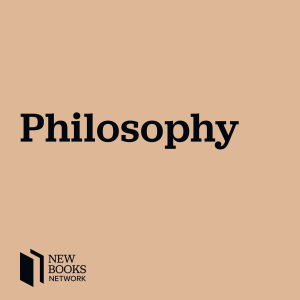
Karen Neander, “A Mark of the Mental: In Defense of Informational Teleosemantics” (MIT Press, 2017)
 2018-02-15
2018-02-15
Download
Right click and do "save link as"
The two biggest problems of understanding the mind are consciousness and intentionality. The first doesn’t require introduction. The latter is the problem of how we can have thoughts and perceptions that about other things for example, a thought about a tree, or a perception of a tree. How can mental states be about other things? A naturalistic theory of intentionality is one that explains intentionality using just those resources available from the natural sciences, such as causal relationships or elements of evolutionary theory. In A Mark of the Mental: In Defense of Informational Teleosemantics (MIT Press, 2017), Karen Neander synthesizes a number of such elements into a causal-informational version of teleosemantics to explain sensory-perceptual content: for example, the content of a toad’s perception when it perceives what we would call a fly. Neander is a leader in the philosophy of mind, and this accessible yet precisely written book is the culmination of much of her work to date on the theory of intentionality.
Learn more about your ad choices. Visit megaphone.fm/adchoices
view more
Learn more about your ad choices. Visit megaphone.fm/adchoices
More Episodes
012345678910111213141516171819
Create your
podcast in
minutes
- Full-featured podcast site
- Unlimited storage and bandwidth
- Comprehensive podcast stats
- Distribute to Apple Podcasts, Spotify, and more
- Make money with your podcast
It is Free
- Privacy Policy
- Cookie Policy
- Terms of Use
- Consent Preferences
- Copyright © 2015-2024 Podbean.com





